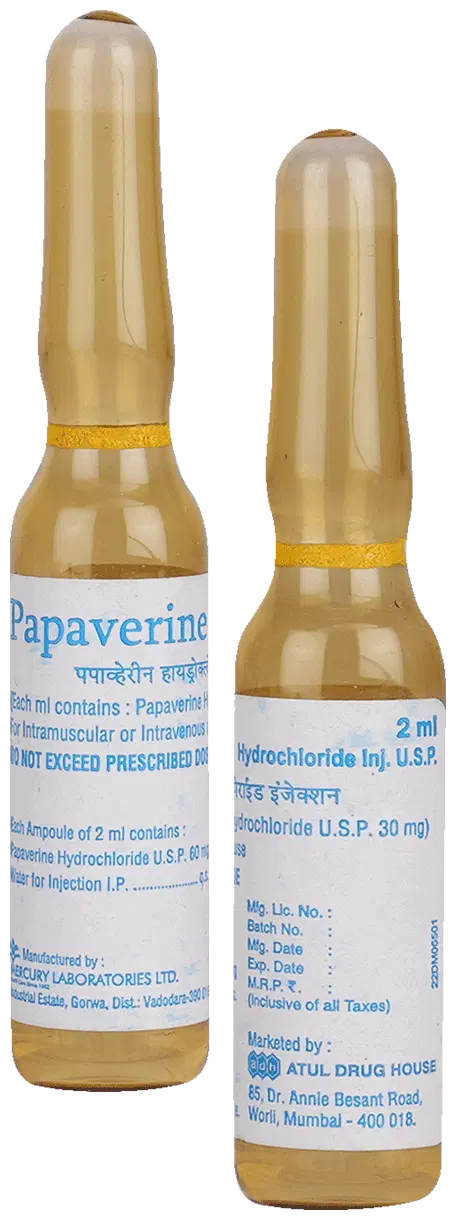Peripheral vascular disease
Peripheral Vascular Disease (PVD) is a condition that affects the blood vessels outside of the heart, leading to reduced blood flow to the limbs, most commonly the legs. This can result in pain, discomfort, and potentially serious complications such as tissue damage or ulcers.
Typical medications used to treat PVD include:
Antiplatelet drugs: These medications, such as aspirin and clopidogrel, help prevent blood clots from forming, improving blood flow and reducing the risk of complications.
Anticoagulants: These drugs, like warfarin, work by thinning the blood, reducing the risk of clot formation and promoting better circulation.
Statins: These cholesterol-lowering medications, such as atorvastatin and simvastatin, help reduce the buildup of plaque in the blood vessels, improving blood flow and reducing the risk of complications.
Vasodilators: Medications like hydralazine and minoxidil help widen the blood vessels, improving blood flow and reducing symptoms such as pain and cramping.
Angiotensin-converting enzyme (ACE) inhibitors: Drugs like captopril and enalapril can help relax and widen blood vessels, improving blood flow and reducing the risk of complications.
Beta-blockers: Medications like propranolol and atenolol help slow down the heart rate and reduce blood pressure, improving blood flow and reducing symptoms.
Consult with a healthcare professional to determine the most appropriate treatment plan for each individual case of PVD.

Showing 1–12 of 23 results
Showing 1–12 of 23 results








